It was quite a haul for the Class of 2017.
With a new school year underway, nearly 100 of Maine’s recent high school graduates will be competing in collegiate sports for schools offering athletic scholarships. It’s among the largest – if not the largest – group of Maine student-athletes representing NCAA Division I and II schools, the only institutions that can offer scholarships.
This year’s total represents nearly a 35 percent increase from 2016, according to research by the Maine Sunday Telegram. Neither the Maine Principals’ Association nor the NCAA keeps track of Maine students who go on to compete in college athletics.
“That (many) kids out of Maine astounds me. That’s phenomenal,” said Jack Renkens, a former college coach and athletic director who now travels the country to educate parents and students about college recruiting and scholarships.
He’s not the only one. Longtime coaches and athletic directors in Maine cannot recall another year with so many athletes earning scholarship offers.
“It’s really amazing,” said John Wolfgram, who has been involved in Maine high school sports since 1971 and coached 10 teams to state football championships.
“And it surprises me. In the past, they would be few and far-between.”
George Mendros, a track coach at Saco’s Thornton Academy who has been involved in Maine high school sports since 1980, agreed: “In the past, you’d see maybe one kid from a school going D-I every eight years or so. Now you see constant examples of kids going on to play Division I or Division II. And it’s not just from the big schools.”
The 97 student-athletes come from 39 different high schools, ranging from York to Old Town. Topping the list of Mainers who’ll compete at Division I or II schools are 26 track and field athletes, at least 16 baseball players and 10 field hockey players, according to Telegram research.
Thornton Academy athletic director Gary Stevens, who has been involved in high school sports since 1983, said the advent of club-sport travel teams – which bring Maine athletes to big-time tournaments all over the country – has helped open the state’s borders to college recruiting.
“It’s given (the athletes) exposure,” he said. “At one time the high school coach was the key contact, maybe the only contact, to be seen by the university. Now there are multiple contacts, like the club coaches for all the different activities. The more exposure they get, the more contacts they have, the more likely you might be able to have a high-profile coach see you play and take an interest in you.”
And Maine kids are getting that exposure and moving on. Falmouth High alone has seven athletes going on to compete at the Division I and II levels. “I’ve never had that many in a year, and the school I came from (in Beverley, Massachusetts) had 1,300 kids,” said Falmouth athletic director James Coffey. “It’s a unique senior class to have that many go.”
‘A BLIP ON THE RADAR?’
Now, said veteran Falmouth track coach Jorma Kurry, it’ll be interesting to see what the future holds.
“This is a very strong group of athletes we have right now,” he said. “Was it a blip on the radar? Or is something being done differently that caused a surge that will continue?”
Only a few of these Mainers will get full athletic scholarships – covering tuition, room, board and course-related books. Most are receiving partial athletic scholarships – which can often turn into full scholarships as their college years progress (just ask former New England Patriots linebacker Trevor Bates, a Westbrook High grad who received a $1,000 scholarship from UMaine his freshman year before getting a full ride in later years). Some are called preferred walk-ons, who receive no scholarship money.
The amount of the scholarship, however, isn’t necessarily important to them. It’s what it represents.
Bradley Beaulieu, a June graduate of Marshwood High, was still in middle school when he started thinking about wrestling in college. Beaulieu will attend Old Dominion University on what he called a “substantial” partial athletic scholarship. Among the 693 high school wrestlers in Maine last winter, he’s the only one from the class of 2017 going on to compete at the Division I level. Only 1 percent of the nation’s 250,000 high school wrestlers get athletic aid.
“To be part of that 1 percent” said Beaulieu, “it’s kind of rewarding to me knowing all the hard work, all the sacrifices my parents made to get me to practices or tournaments in Ohio paid off … I believe I earned it.”
SCHOLARSHIP A GAME-CHANGER
But the financial benefits cannot be overlooked. Just ask Cody Laweryson, a graduate of tiny Valley High in Bingham, and his father, Scott.
Laweryson’s dream was to play Division I baseball. He is a pitcher on a partial scholarship at the University of Maine and was named to the America East all-rookie team last spring. Laweryson grew up in the town of Moscow (population: 512) and was part of a 2016 graduating class of 10 at Valley. “I’m very fortunate,” he said. “Coming from a small town especially, it’s literally hard to be recognized.”
His father holds several jobs, serves as the town’s fire chief and coaches the Valley baseball team. “We live in a small town, I’m not by any means considered rich,” Scott Laweryson said. “The scholarship was a huge help for us.”
The majority of the Mainers who will compete at Division I and II schools will be heading out of state. Maine has no Division II schools and just one at the Division I level: UMaine in Orono, where more than a dozen of the 2017 athletes are headed. Most college athletes play for Division III schools, which do not offer athletic aid. Maine has 11 Division III schools.
Stevens, the Thornton athletic director, sees more students taking the Division II path these days.
“I think they’re realizing that it’s high-quality athletics, strong academics and the schools are more accessible to the kids and their parents,” he said. “And they offer scholarship money.”
UMaine sports programs recruit heavily out of state, but the baseball team has been tapping in-state talent. In 2016, it signed three Maine grads (Laweryson, Bangor’s Trevor Delaite and Brewer’s Matt Pushard) and this year it signed another three (Evan Balzano of Thornton Academy, Peter Kemble of Bangor and Alex McKenney of Hampden Academy).
UMaine also favors in-state field hockey players. The Black Bears split 12 scholarships among the 19 players on their roster. Next fall, six of those players will be former Maine high schoolers. And the Black Bears already have verbal commitments from three others: Hannah Abbott of Cheverus, Sydney Meader of Boothbay Regional and Kelsey Mehuren of Belfast.
“Not all the sports up here have the ability to recruit in-state,” said UMaine field hockey coach Josette Babineau. “But field hockey has some great high school programs and the additions of club teams, where players play year-round, and other players who commit themselves to U.S. Field Hockey programs, have helped.”
TRAVEL TEAM PLAYERS GET NOTICED
Playing on travel teams and competing in regional or national tournaments certainly has helped them get noticed. Laweryson believes he would not have been seen had he not played for the Maine Lightning travel team out of Portland. “Going into my junior year I hadn’t had any looks from anyone,” he said. “Then I played for the Maine Lightning. I’m sure that’s how I got noticed by Maine.”
The 26 track-and field-athletes shouldn’t be too surprising. Maine sent 17 track athletes to Division I or II schools in the 2015-16 school year and has a long history of Division I runners. Recently, it has supplied a steady stream of throwers to the college ranks as well, and two of Maine’s recent graduates, Casco’s Kate Hall and Lewiston’s Isaiah Harris, are among the best in the NCAA at their events right now.
As Thornton Academy athletic director Stevens pointed out, college coaches know exactly what these athletes can do. “In track, the speed is the speed and the throw is the throw, no matter where you’re doing it,” he said.
Some athletes, however, find that a scholarship doesn’t necessarily guarantee college happiness. Kyra Schwartzman of Kennebunk earned one to play lacrosse at Division II Merrimack College. After one year, she transferred to Wheaton College, a Division III school. While the time commitment to play lacrosse was demanding, Schwartzman also wanted more academically from her college.
“I wanted more time to focus on academics and my career,” she said. “It’s not a matter of ‘I can’t (play at the Division II level)’; it’s a matter of ‘I don’t want to do it.’ I want more time to focus on myself and my future.”
‘DIVISION 1 IS A FULL-TIME JOB’
Falmouth’s Sydney Bell, a superb field hockey and lacrosse player, made the decision while considering colleges. While she and her parents discussed playing lacrosse at a high level in college, she decided to attend Division III Trinity College. “I thought about it for a long time,” she said. “No scholarship, that’s a bummer. But my parents never put much focus on me worrying about tuition in picking a school.”
“Sydney had considered Division I,” said her mother, Denise Bell. “But Division I is such a full-time job. She wanted to have a balance.”
Nationally, only 2 percent of high school athletes go on to play sports at Division I or II schools, according to a recent report by the NCAA.
The report, released in March, compared high school participation numbers from the National Federation of State High School Associations with its own participation numbers to provide insights into which sports are more likely to provide scholarship opportunities.
Ice hockey tops the list, with 10 percent of U.S. female players and 5.1 percent of male players landing scholarships. Lacrosse (6.4 percent of females, 5.2 percent of males) was next on the list, followed by baseball (4.3 percent) and field hockey (4.2 percent).
‘NOW WE’RE ON THE RADAR’
Aimely Michaud-Nolan of Wells is the only Mainer this year going on to play Division I women’s ice hockey, at Union College in upstate New York. Michaud-Nolan did not play ice hockey for Wells High. She attended the North America Hockey Academy in Stowe, Vermont, for five months of each school year in each of the last four years. She did play lacrosse in high school when she returned to classes at Wells.
She was in the seventh grade and had just played some tournaments in Europe – playing for a Select team of players from New England and Quebec – when she decided to attend the NAHA “to get a scholarship to play D-I. That was my goal.”
Wolfgram, who came out of retirement this fall to serve as an assistant for the Cheverus football team, said college coaches are now finding out what Maine high school coaches have known for years: “Maine kids are good, dependable athletes. We don’t have the biggest kids or strongest kids or fastest kids, but we have kids who work hard and have good character.”
And more recruiters are coming to Maine. Joe Schwartzman, the athletic director at Kennebunk (and father of Kyra), said he sees more lacrosse college coaches at his team’s games these days. “I think what’s happening is people are realizing Maine has got the athletes, especially lacrosse wise,” he said. “Now we’re on the radar.”
And that could lead to even more athletes reaching the highest levels of collegiate play.
“As more kids advance to the next level,” said Thornton’s Mendros, “it gives more kids the idea that they can advance, too.”
Mike Lowe can be contacted at 791-6422 or at:
mlowe@pressherald.com
Twitter: MikeLowePPH
Send questions/comments to the editors.


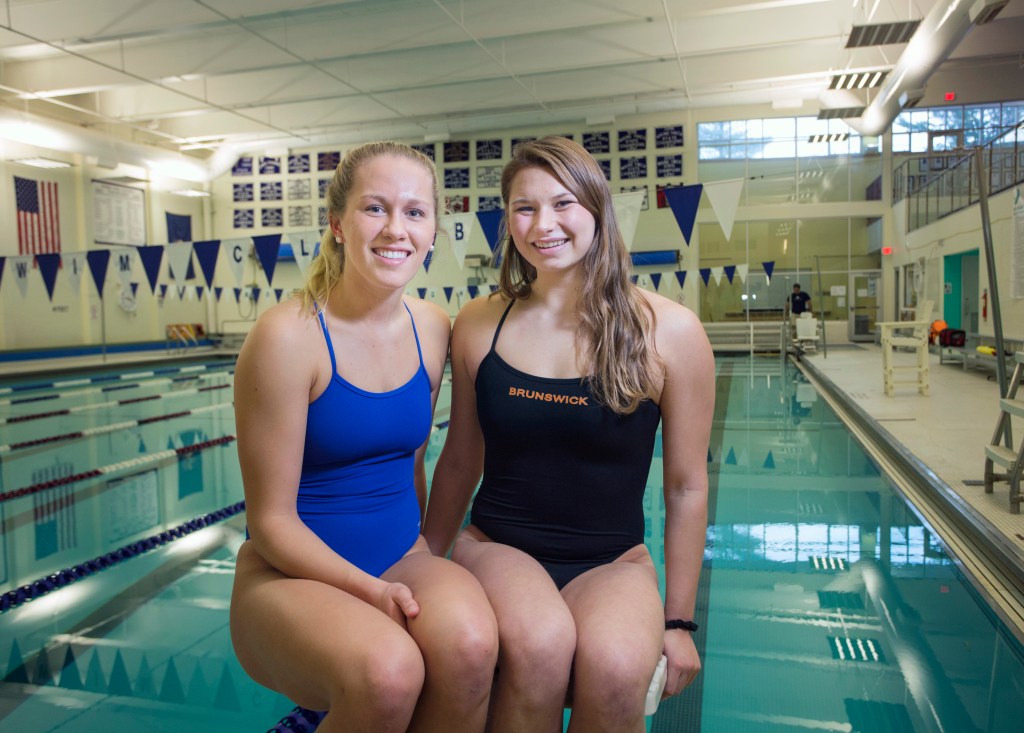
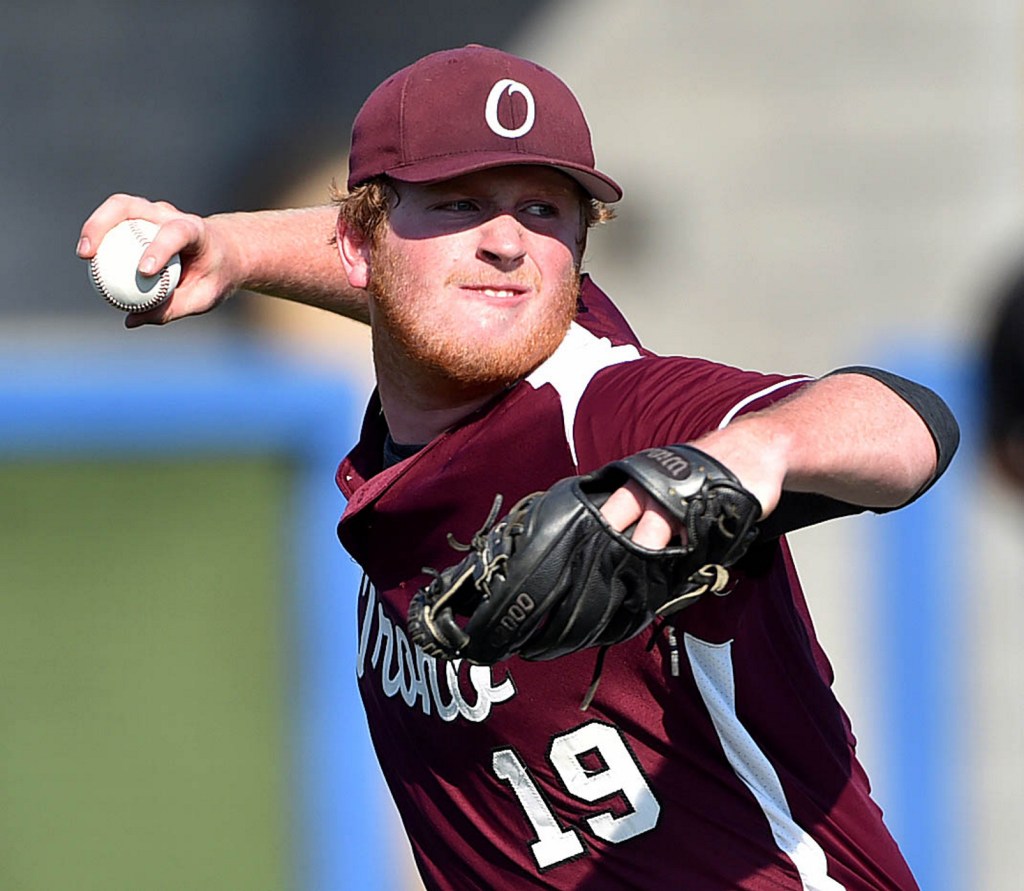
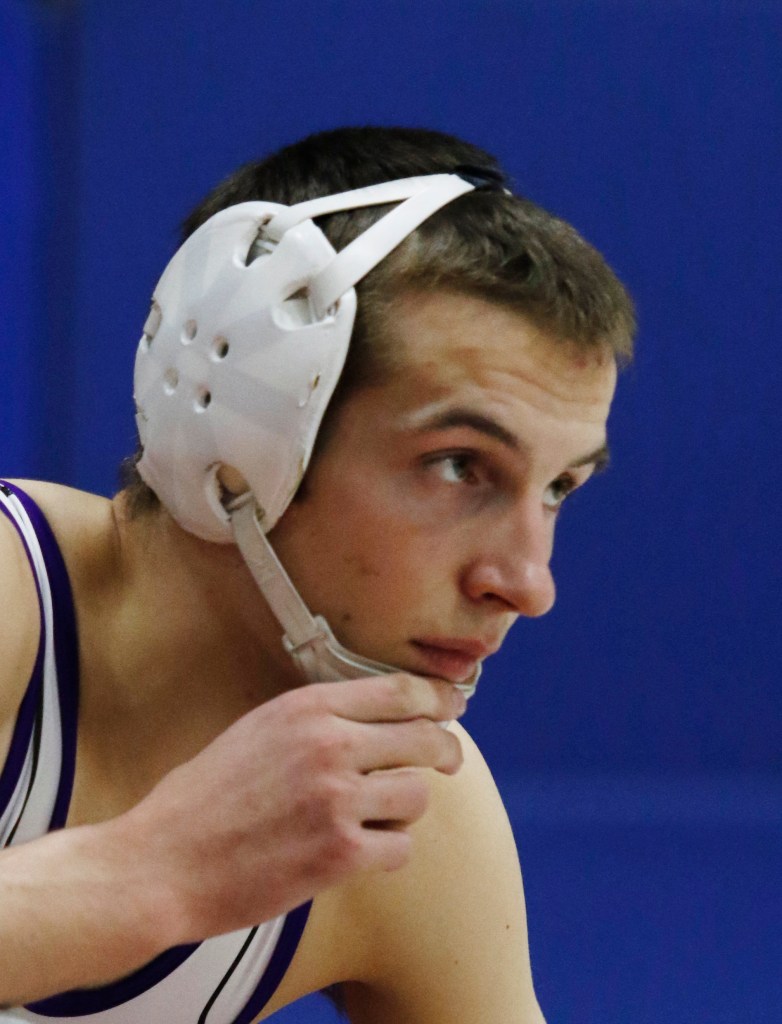
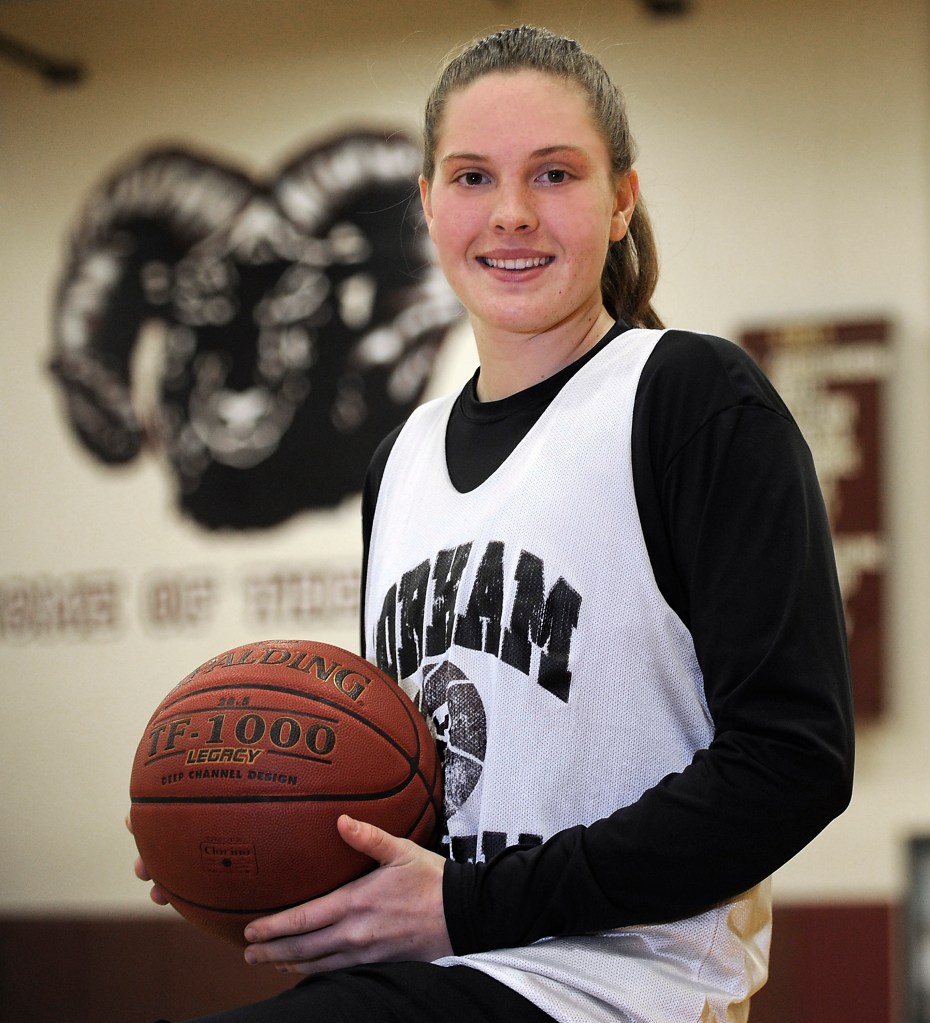
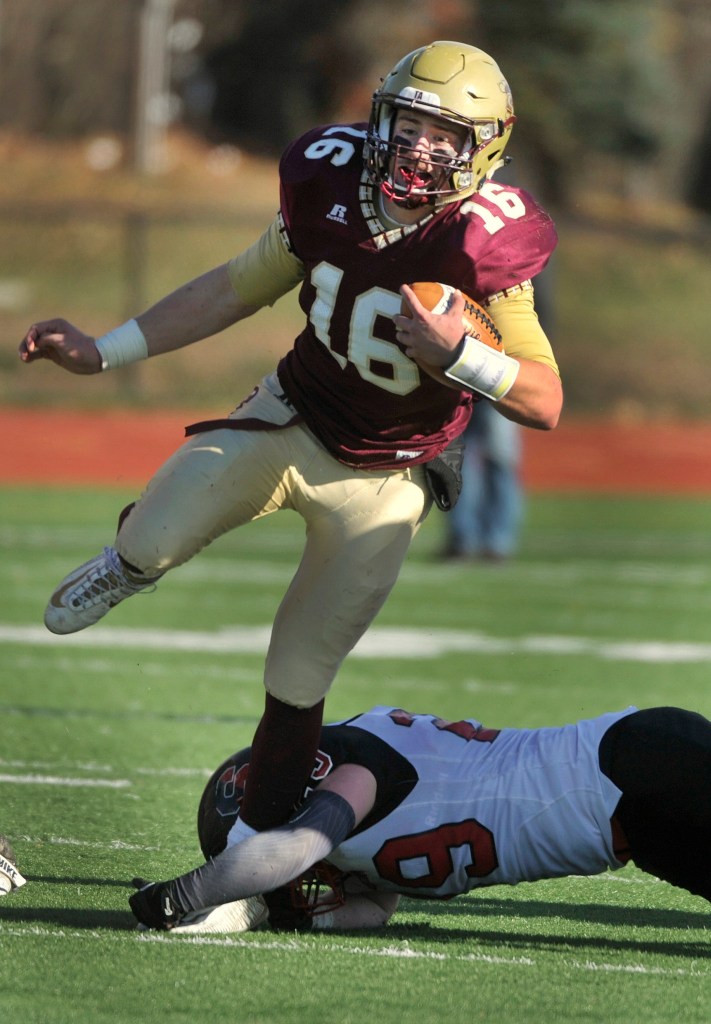
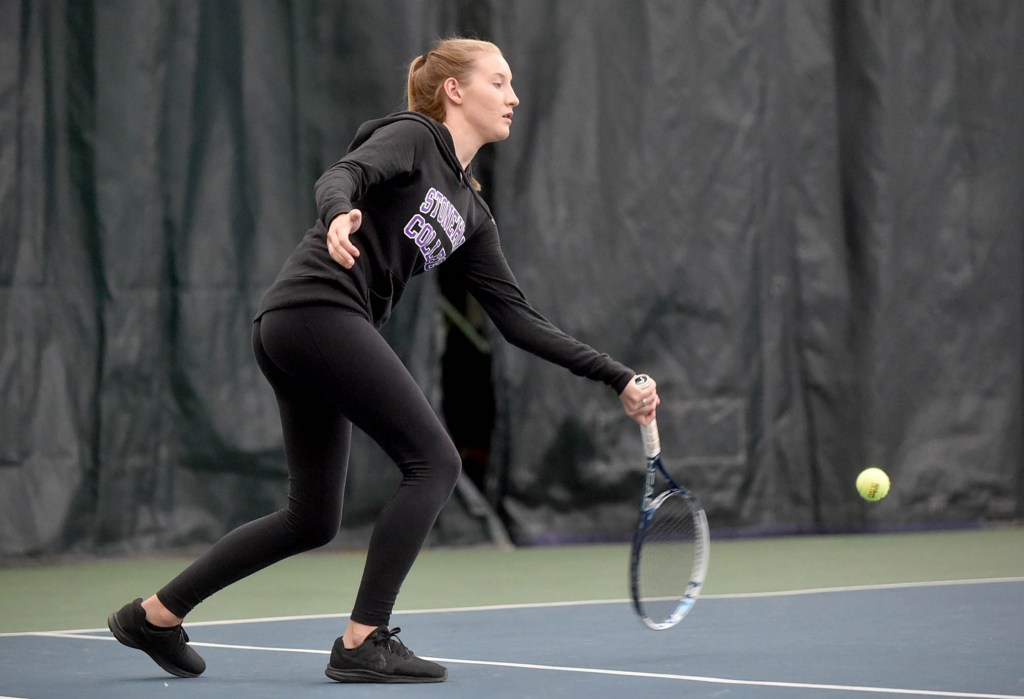
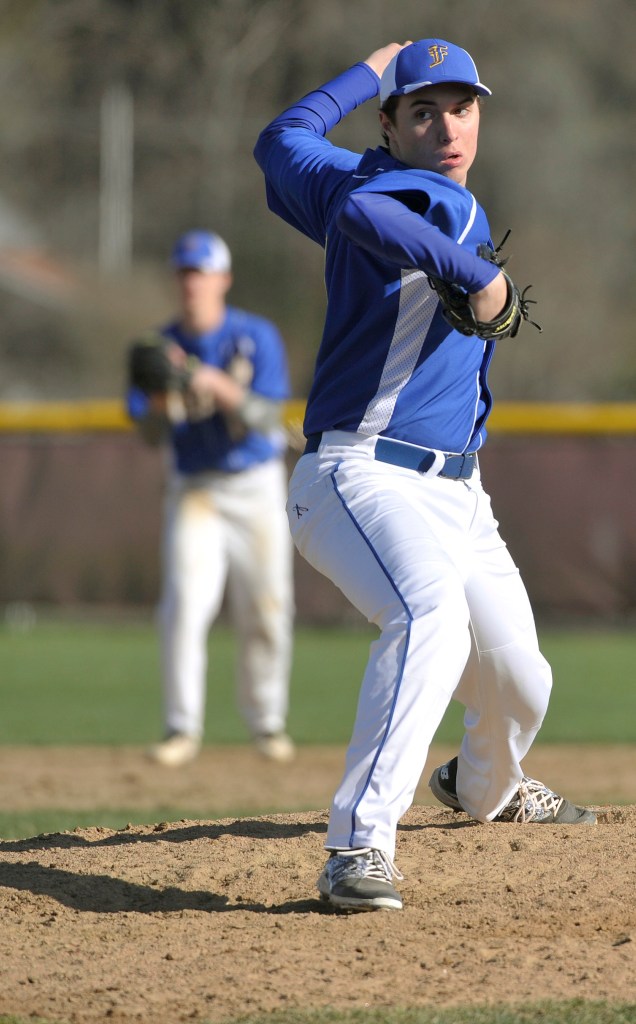
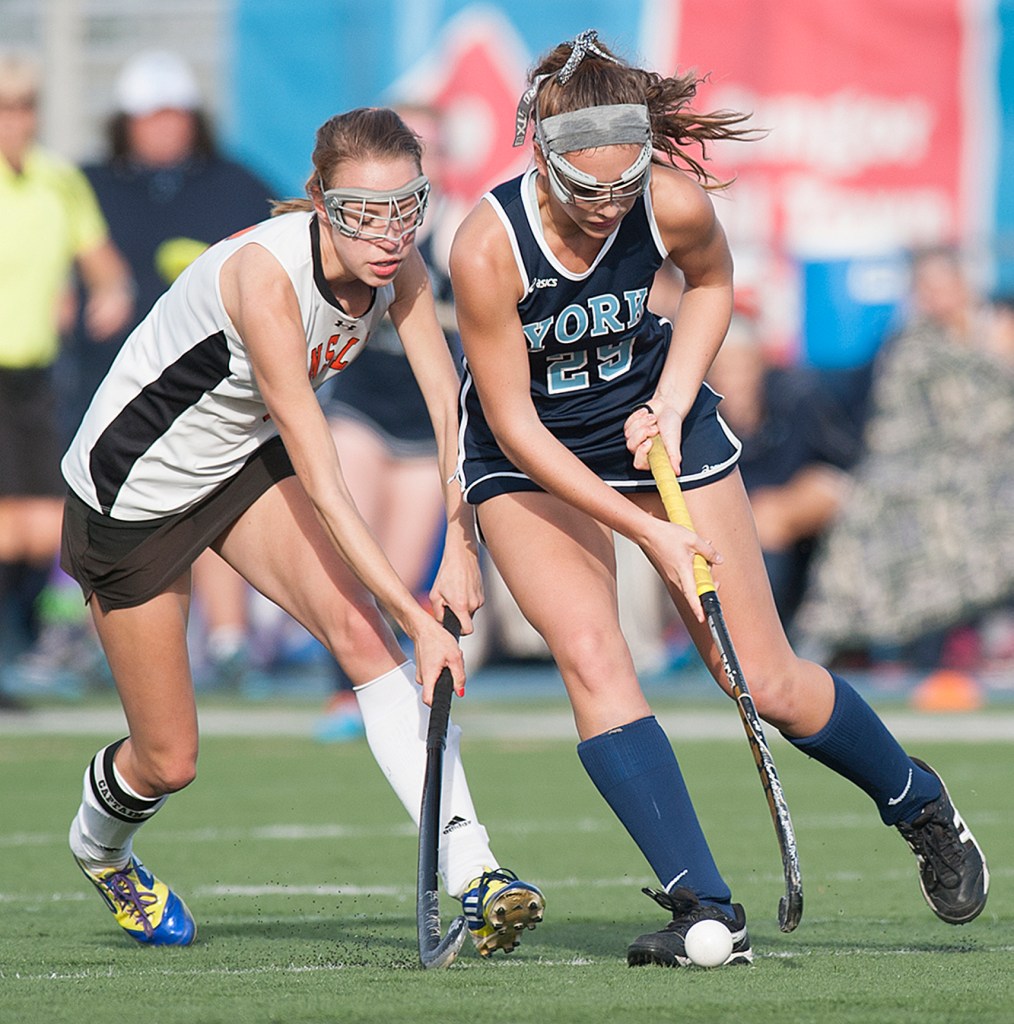
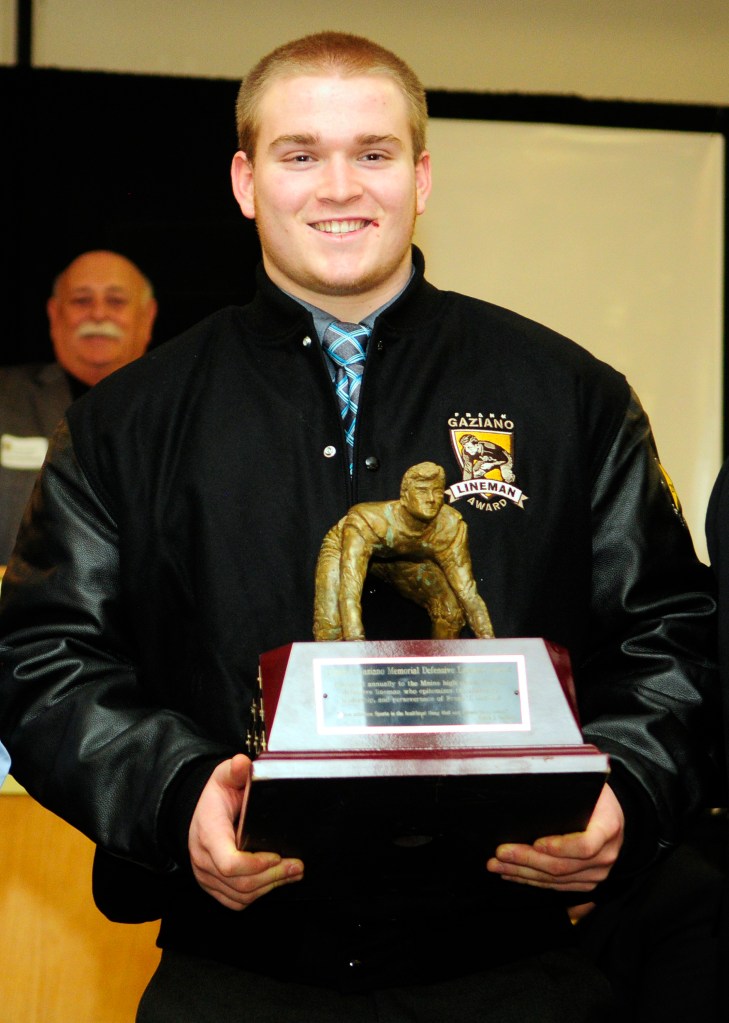
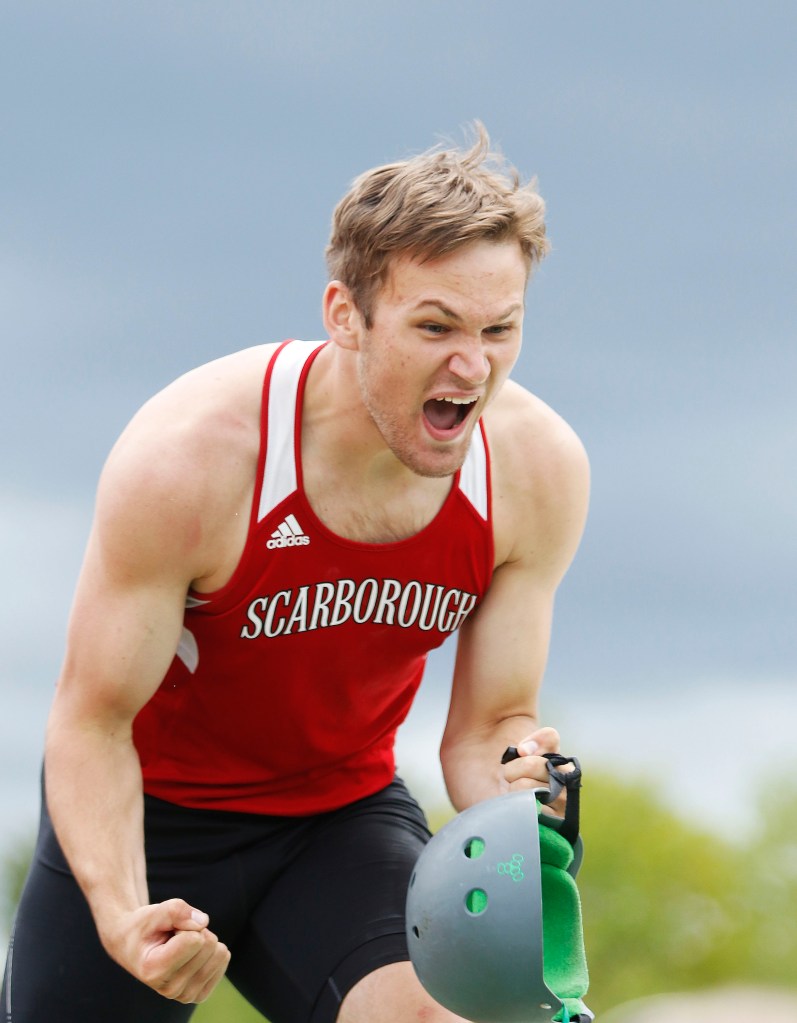
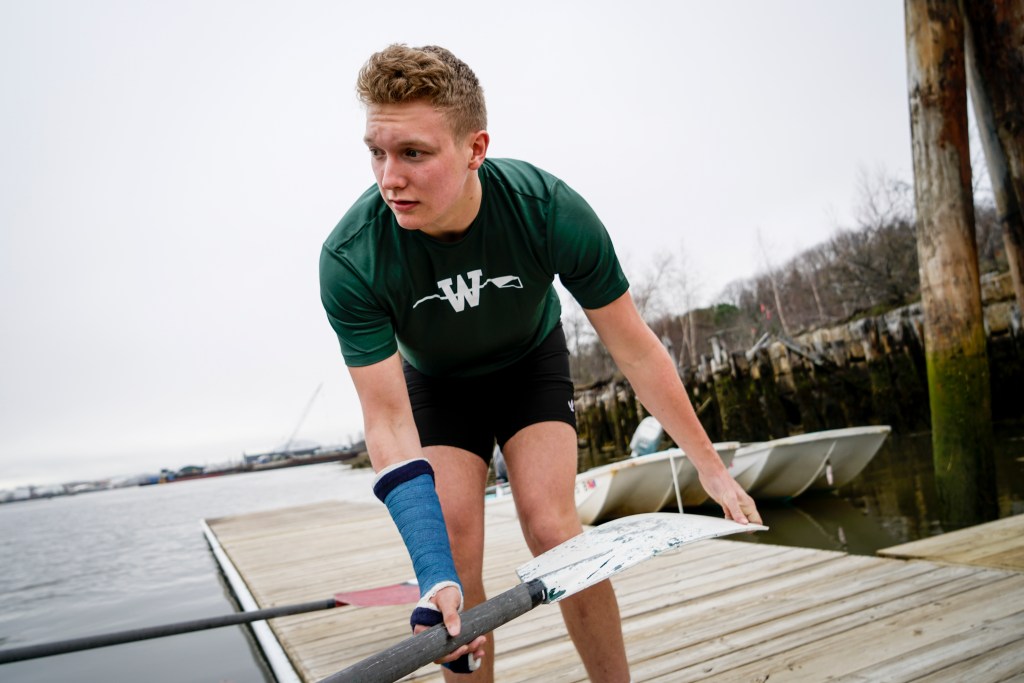
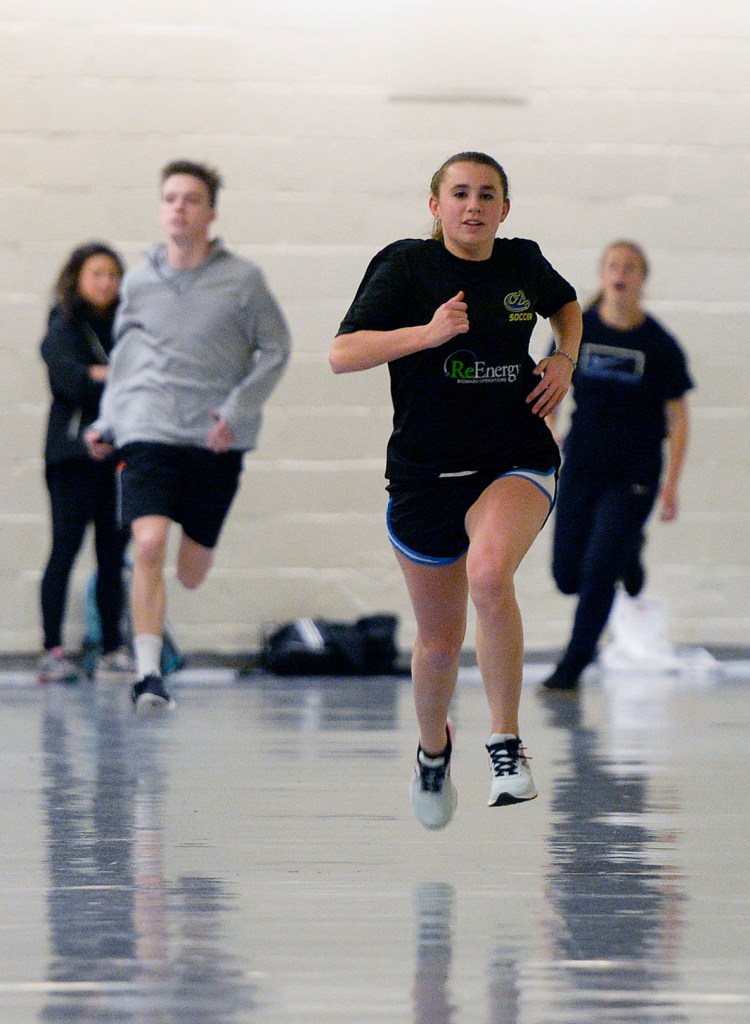


Success. Please wait for the page to reload. If the page does not reload within 5 seconds, please refresh the page.
Enter your email and password to access comments.
Hi, to comment on stories you must . This profile is in addition to your subscription and website login.
Already have a commenting profile? .
Invalid username/password.
Please check your email to confirm and complete your registration.
Only subscribers are eligible to post comments. Please subscribe or login first for digital access. Here’s why.
Use the form below to reset your password. When you've submitted your account email, we will send an email with a reset code.